Search
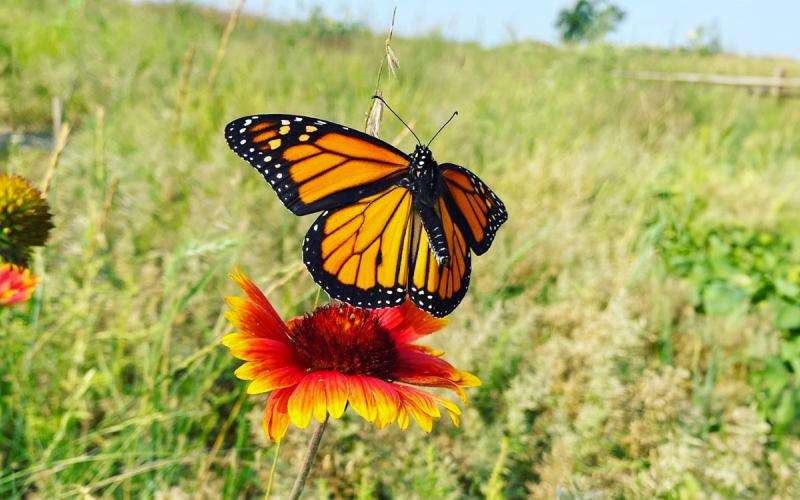
Backyard Natural Resources Webinar Series
Learn how to support healthy ecosystems in your backyard and beyond in this webinar series.

What You Need to Know About Social Security for Retirement Planning
Social Security benefits are money you get from the government when you retire. You get them if you have worked and paid Social Security taxes for a certain amount of time.

Student Loan Repayment
Many people can be intimidated by student loans and the repayment process. Learn about the different types of student loans and repayment plans the U.S. Department of Education offers borrowers.

Protecting Yourself From Frauds and Scams
Tactics used by scammers have shifted drastically in recent years, with online scams rising 87% since 2015. Learn how to ecognize and protect yourself from some of the most-common scams in South Dakota.

Health Insurance and the Marketplace
The Marketplace is a service operated by the U.S. Department of Health and Human Services where you can shop and enroll for health insurance. Learn what's covered in marketplace plans, how to enroll, and where you can get help.
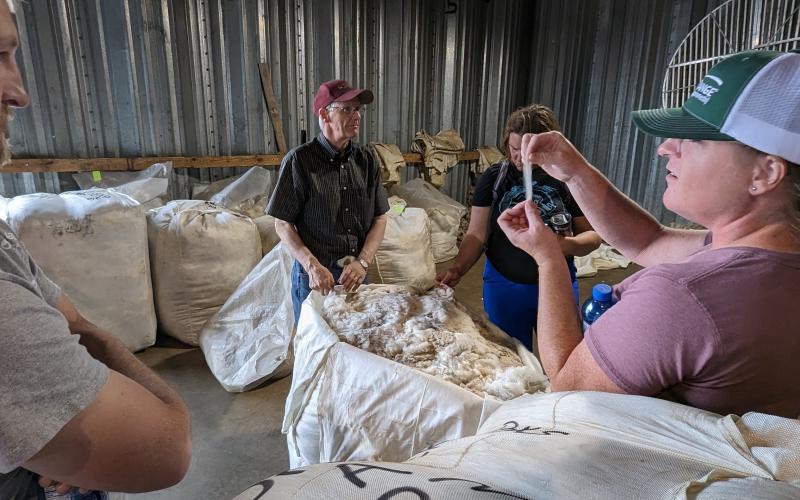
Sheep producers invited to apply to SDSU Extension Elevate Ewe cohort program
June 28, 2024
South Dakota State University Extension is inviting beginning sheep producers to apply to the 2024-2025 Elevate Ewe program.
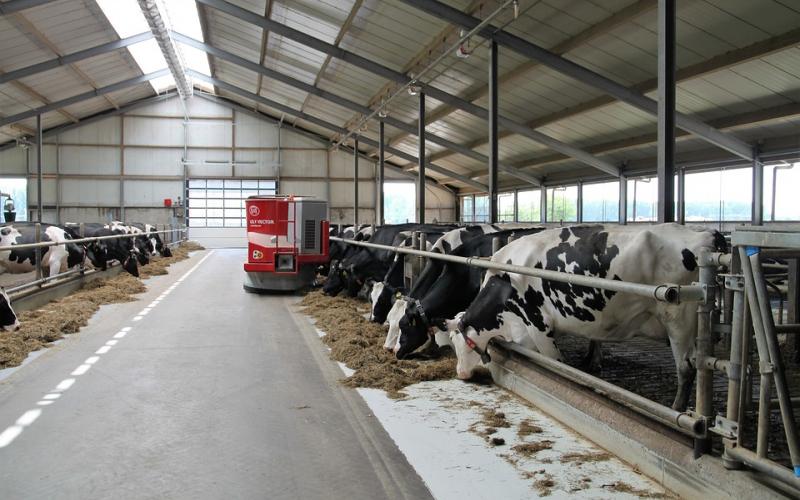
Handling Reminders for Dairies: Training Resources
Sources of handling stress are accumulative in cattle. Stockmen can have a positive impact on the amount of stress cattle experience by planning ahead and being realistic about allowing adequate time to get things done well.
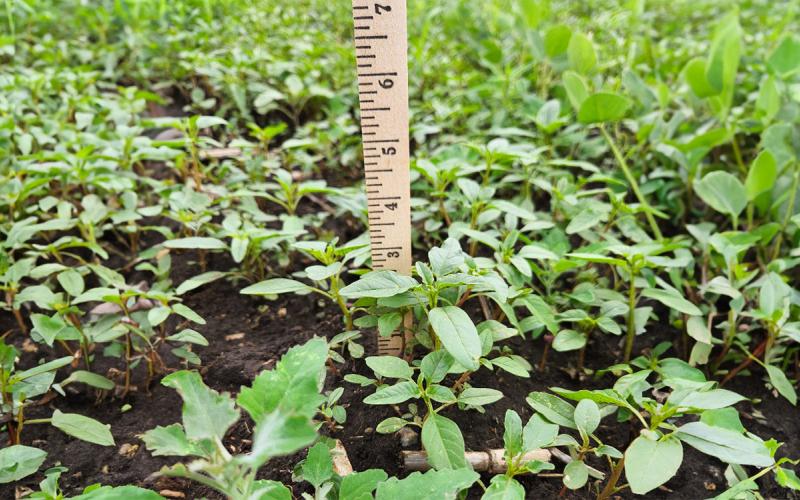
Postemergence Herbicide Applications Need to Happen Soon in Soybean
In soybean crops, postemergence herbicides should be applied to smaller weeds, but proper scouting is likely necessary before application. Learn everything you need to know before making an application this growing season.
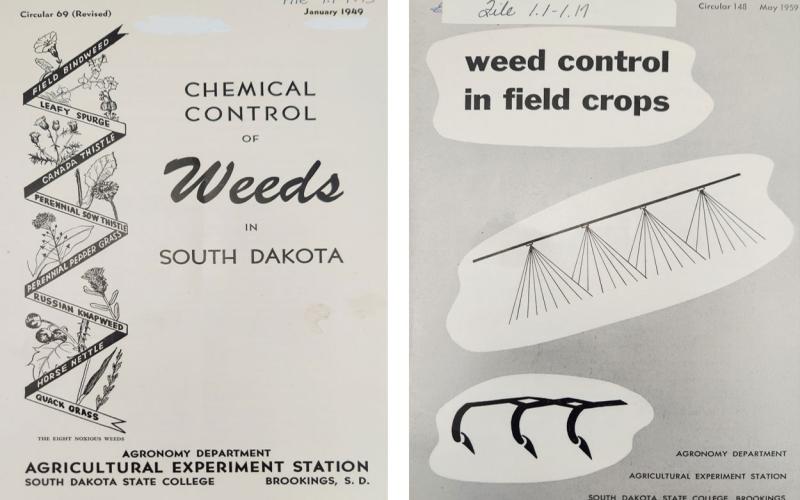
Revisiting Old Lessons in Corn Weed Management: 2,4-D and dicamba
What can past herbicide programs teach us about managing against herbicide-resistant weeds in corn today?
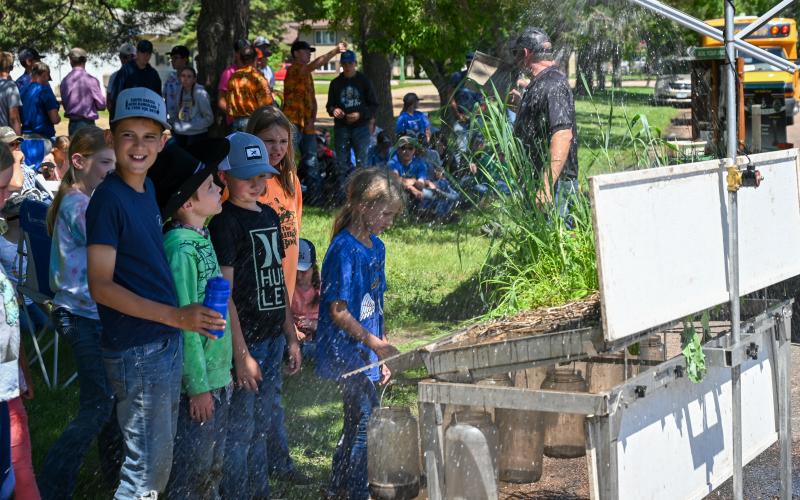
2024 Rangeland and Soils Days hosts more than 100 youth
June 28, 2024
More than 100 youth participated in the 40th annual Rangeland and 19th annual Soils Days on June 12-13, 2024, in Watertown.